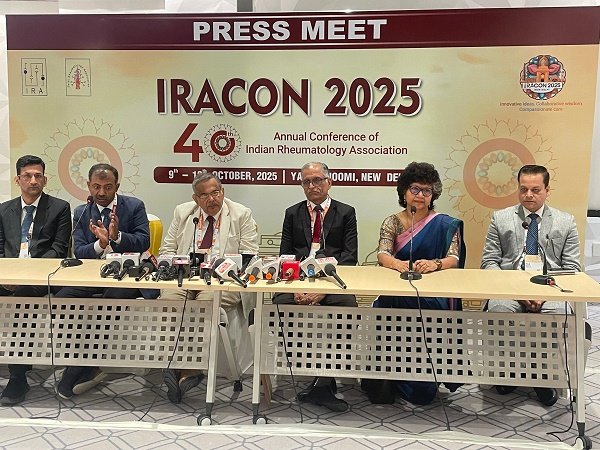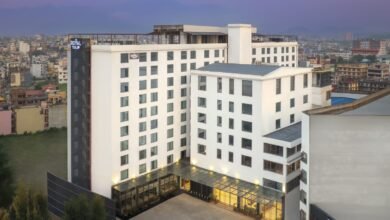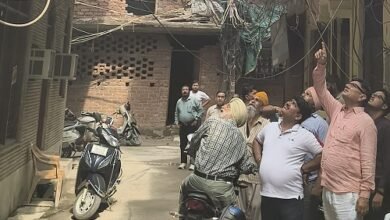Delhi’s Smog is Not Just Choking Lungs—It’s Attacking Joints Too” Pollution Crisis Spills Into Joints
Pollution major trigger behind Increasing Rheumatoid Arthritis cases in Delhi NCR : Experts at Indian Rheumatology Association (IRA)

New Delhi
Pollution is becoming a significant factor in the rise of Rheumatoid Arthritis (RA) cases in Delhi and the surrounding National Capital Region, as discussed at the Indian Rheumatology Association’s 40th Annual Conference (IRACON 2025). Experts revealed that toxic air and PM2. 5 pollution are triggering an increase in RA, a debilitating autoimmune disease. RA occurs when the immune system attacks the body’s tissues, especially in the joints, leading to pain, swelling, stiffness, and disability. Traditionally associated with genetics and immune issues, RA is now being connected to environmental factors like air pollution.
Delhi is one of the most polluted cities globally, and studies from different countries have shown that PM2. 5 can affect not only heart and lung health but also lead to autoimmune disorders like RA. Dr. Uma Kumar from AIIMS expressed concern over the rising number of RA cases in patients without a family history of such diseases. She noted that pollutants cause inflammation and systemic reactions that worsen joint issues. Dr. Bimlesh Dhar Pandey emphasized that pollution leads to inflammation and oxidative stress, increasing the risk of RA, especially in those genetically susceptible. Living near busy roads is also linked to a higher risk of developing RA due to constant exposure to traffic-related pollution.
Research has provided strong evidence connecting air pollution to autoimmune diseases. A study in the European Medical Journal found significant links between pollutants and immune dysfunction, suggesting that environmental factors contribute to the increasing prevalence of these diseases. Dr. Neeraj Jain emphasized that pollution is changing the understanding of RA from being primarily genetic to being greatly influenced by environmental conditions. This shift is alarming, especially as young, previously healthy individuals are now developing RA.
Dr. Pulin Gupta highlighted the severity of cases in polluted areas, stating that patients exposed to high PM2. 5 levels show more aggressive forms of RA. The decrease in green spaces in urban settings only worsens the situation, as these areas typically provide some protection against pollution. Dr. Rohini Handa noted the societal implications, warning that a failure to address pollution could lead to a generation suffering from preventable autoimmune diseases, with high costs in terms of health and productivity.
Autoimmune diseases like RA are lifelong conditions with no cure, only management options. Experts expect the prevalence of RA to rise, especially in polluted areas like Delhi NCR. Studies have shown that long-term exposure to PM2. 5 can increase the risk of developing RA significantly. European studies have also indicated that individuals living in polluted cities face higher rates of autoimmune disorders, mirroring observations from doctors in India.
At IRACON 2025, experts called for urgent action, including stricter pollution controls, increased public awareness, early screening for at-risk populations, and lifestyle changes to reduce exposure. They advocated for more urban green spaces, cleaner transportation options, and national policies linking air quality to community health.
As Delhi faces its annual smog crisis, the findings from the conference emphasize that pollution is not just damaging the lungs but also impacting joints and overall health. The connection between pollution and RA highlights the crucial link between environment and health. Experts stressed the need to confront this challenge, urging that improving air quality should become a priority for India’s health policy to protect future generations from RA’s impact.





